Service hotline
+86 0755-83975897
Release date:2025-05-14Author source:KinghelmViews:30
In electronic devices and electrical systems, connectors act as bridges for stable transmission of signals and power. The quality of these "bridges" largely depends on material selection. From metals to plastics, conductors to insulators, the distinct properties of different materials directly influence key performance metrics such as electrical conductivity, mechanical strength, and environmental adaptability. This article provides an in-depth analysis of the relationship between connector materials and performance, along with scientific guidelines for material selection.
(1) Metallic Materials: The Foundation of Conductivity and Mechanical Strength
Copper and Copper Alloys:
Copper is widely used for conductors due to its excellent conductivity and workability. Common alloys like brass (copper-zinc) and phosphor bronze (copper-tin-phosphorus) offer enhanced strength and elasticity while maintaining high conductivity. Phosphor bronze, for instance, is ideal for contact springs in connectors, ensuring stable contact and low resistance over extended use.
Plating Metals (Gold, Silver, Nickel):
Surface plating enhances performance. Gold plating improves oxidation and corrosion resistance, making it suitable for high-frequency signals and precision electronics. Silver plating maximizes conductivity for low-loss applications, while nickel plating boosts wear resistance and hardness to protect base metals.
Polycarbonate (PC):
PC offers transparency, impact resistance, and flame retardancy. Its heat resistance ensures structural stability in industrial and consumer electronics requiring safety and durability.
Nylon (PA):
Nylon excels in wear resistance, self-lubrication, and chemical stability. Its low moisture absorption minimizes performance fluctuations in humid or outdoor environments.
Polyphenylene Sulfide (PPS):
A high-performance engineering plastic, PPS withstands temperatures above 200°C and offers superior flame resistance and dimensional stability, ideal for automotive and aerospace applications.
Ceramics:
With high insulation, thermal resistance, and low dielectric constants, ceramics reduce signal loss in high-frequency and high-voltage connectors, such as 5G and microwave systems.
Liquid Metals:
Emerging in innovative connectors, liquid metals enable gapless contact for ultra-low resistance, suitable for dynamic or high-reliability scenarios.
II. Impact of Material Selection on Connector Performance
(1) Electrical Performance
Conductivity and insulation directly determine electrical behavior. Metal purity and plating quality affect contact resistance—high resistance leads to signal loss, heat generation, or failure. Insulation materials with low dielectric constants (e.g., engineering plastics in USB-C connectors) minimize signal delay, enabling 40Gbps+ transmission rates.
(2) Mechanical Performance
Material strength, toughness, and wear resistance dictate mechanical lifespan. High-strength aluminum alloy housings and phosphor bronze contacts are used in heavy-duty connectors to endure frequent mating cycles and harsh environments.
Temperature resistance, corrosion resistance, and moisture protection vary by material. PPS maintains stability in high-temperature automotive engines, while nylon and PC with sealing designs protect against humidity in outdoor settings.

Define Application Requirements:
Consider operating conditions (temperature, humidity, corrosiveness), signal/power demands, and mechanical usage. For example, automotive connectors prioritize PPS for heat resistance, while consumer electronics favor compact copper alloys with low-dielectric plastics.
Balance Performance and Cost:
Optimize cost without compromising critical specs. Use brass instead of phosphor bronze for cost-sensitive projects, or standard engineering plastics for mass production.
Comply with Industry Standards:
Adhere to certifications like RoHS (environmental) and UL (safety). Medical or aerospace sectors require rigorously certified materials.
Validate Through Testing:
Conduct salt spray, thermal cycling, and electrical tests to verify performance and refine designs.
Material selection for connectors is a multidisciplinary endeavor where subtle differences in properties profoundly impact performance. By understanding material-behavior relationships and adopting systematic selection strategies, engineers can develop reliable, high-performance connectors. As material science advances, connectors will continue to evolve, driving innovation in electronics and electrical engineering.
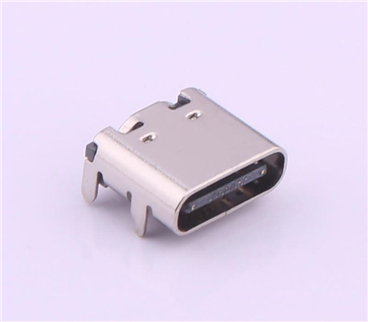
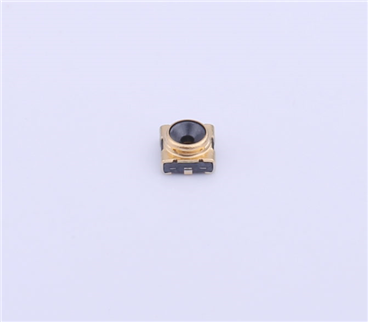
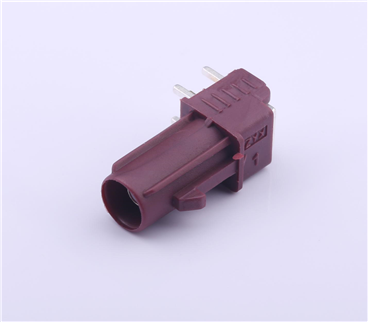
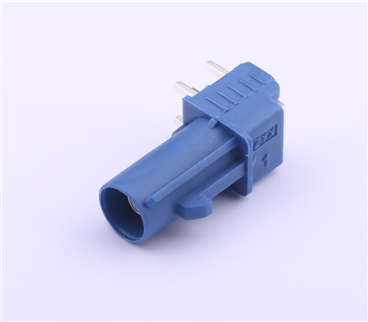
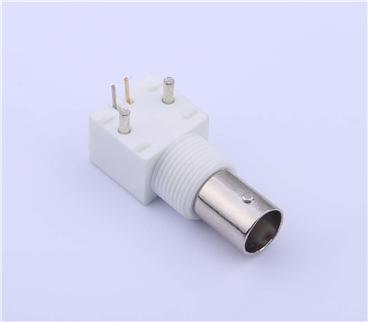
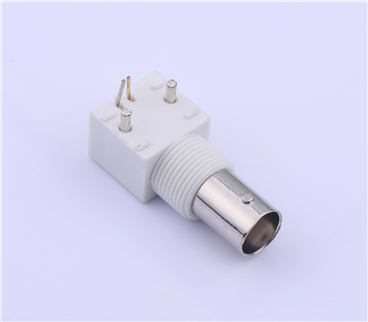
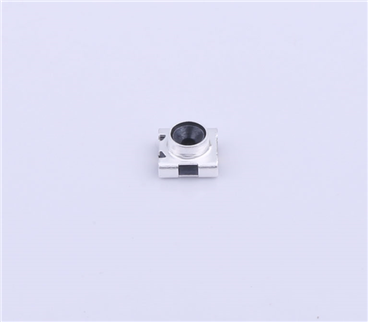

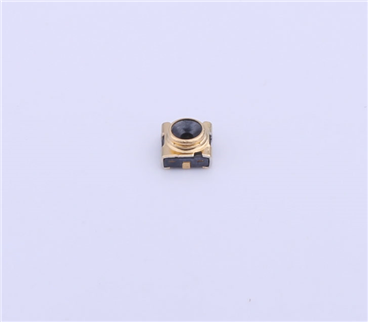
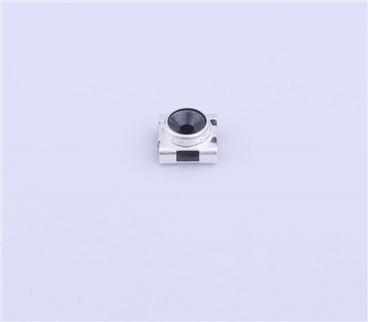
Copyright © Shenzhen Kinghelm Electronics Co., Ltd. all rights reservedYue ICP Bei No. 17113853